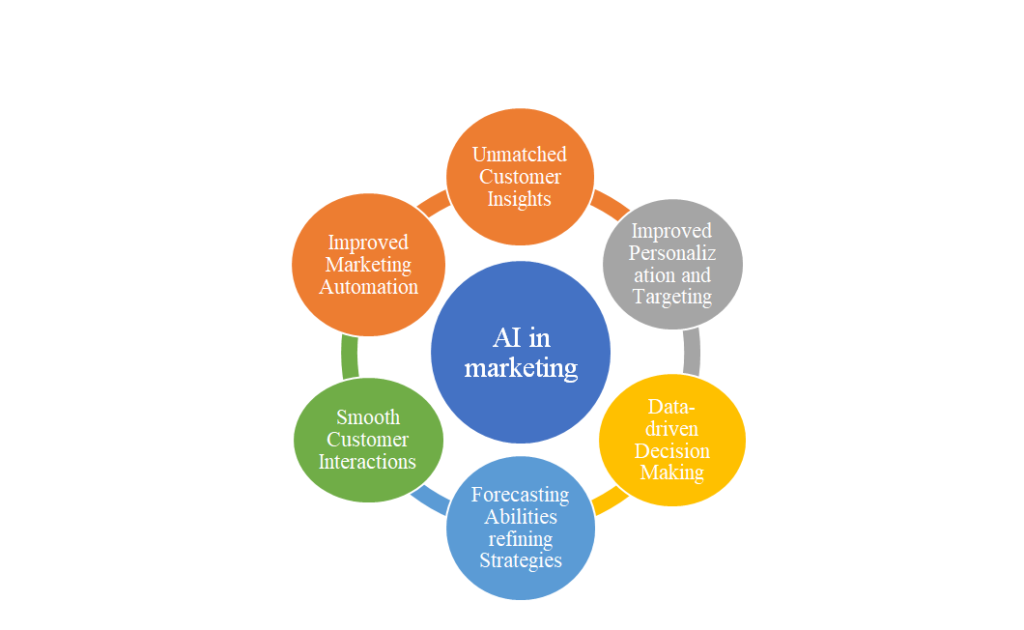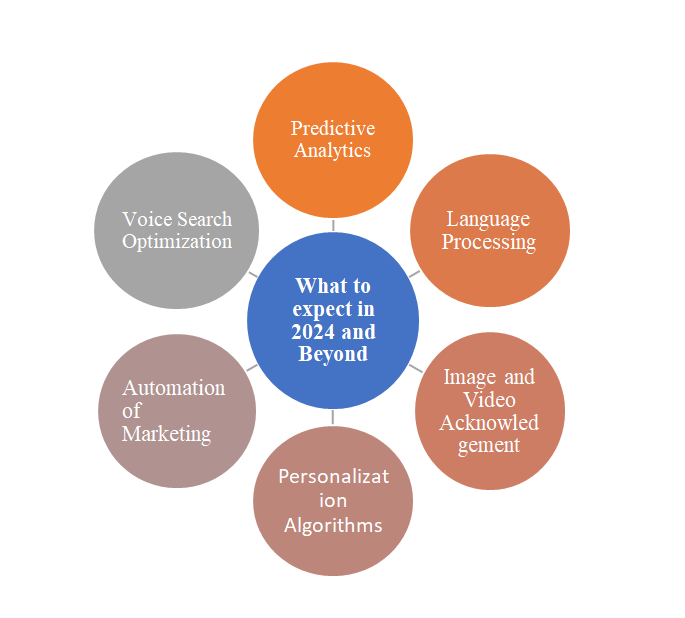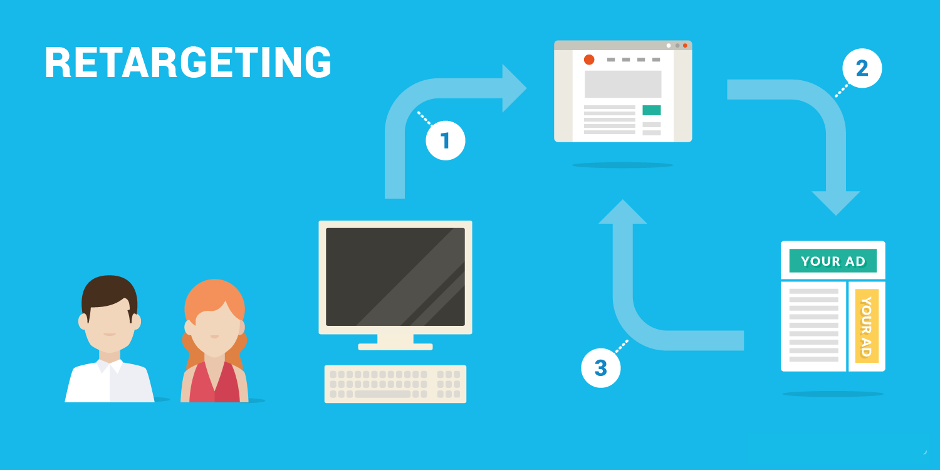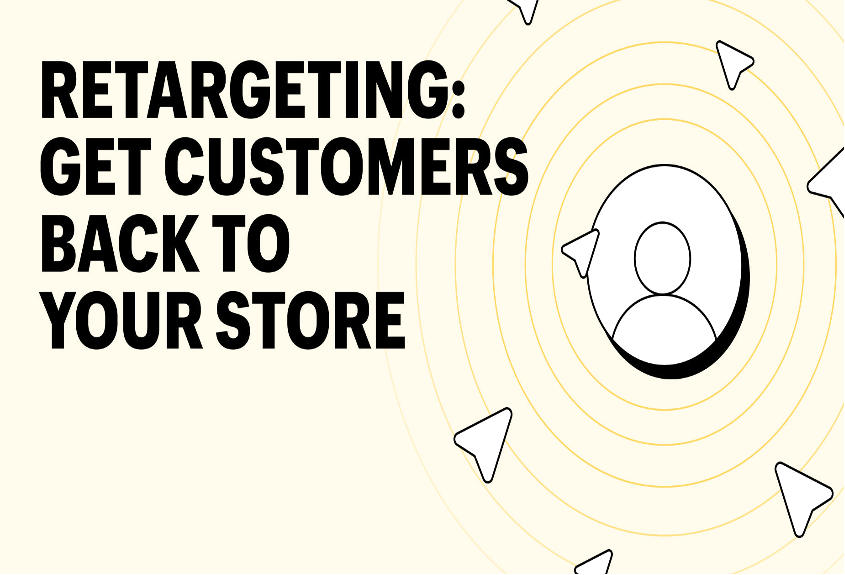Introduction
Successful entrepreneurship is a remarkable domain loaded with prospects, wealth, independence, ingenuity, and passion. Additionally, it can be isolating, fraught with significant dangers, and incredibly terrifying. Occasionally, there will be moments when you feel inclined to give up all your efforts and doubt everything. An entrepreneur is an individual who conceives ideas, develops products or provides services intending to resolve global issues.
The entrepreneurial journey varies for each individual, nevertheless, all accomplished entrepreneurs must possess the ability to handle obstacles and criticism, and they should continuously strive for self-enhancement and knowledge acquisition. This blog aims to offer valuable recommendations and deep perspectives to empower both novice entrepreneurs and seasoned corporate executives. We will examine practical strategies that can aid in overcoming the challenges of entrepreneurship, such as cultivating a resilient mindset and developing effective decision-making skills.
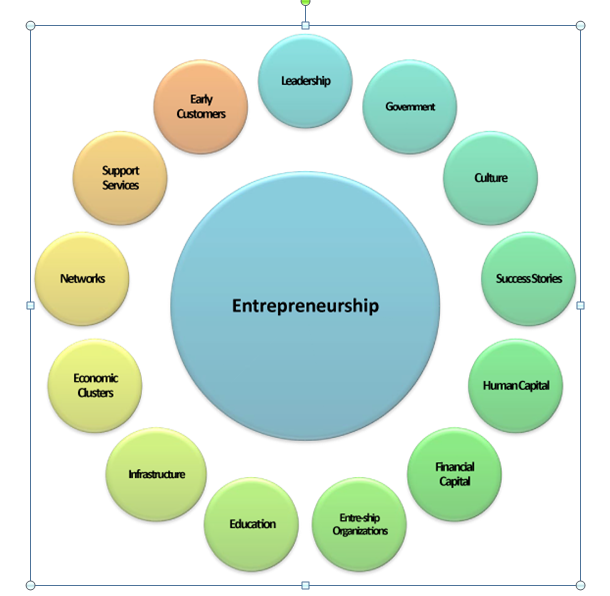
1. Build in time to plan
When establishing your own company, there may be a sense of urgency to attain success, resulting in a daily succession of handling pressing matters. Take a moment to reflect and inquire, “Am I in control of managing this business, or is the business controlling me?” Incorporating dedicated time for strategic planning and evaluating your accomplishments is vital for encouraging the growth of a successful company. Developing a strategic plan and actively implementing it enables continuous advancement and reduces stress levels.
2. Be frugal with your spending
Mastering the principles of financial management throughout the early stages of entrepreneurship is crucial for achieving success. To generate wealth, it is necessary to invest capital, but this does not imply that one has the liberty to exceed their financial means. It is advisable to review your business plan and carefully assess which acquisitions will exert the greatest impact on your company. Is it feasible to achieve your goal at a lower expense without sacrificing the work’s quality? How much of a need do you have for this item? Put in the effort to ensure that your money pays off.
3. Make a plan, and stick to it
Develop a comprehensive business plan for your young enterprise and follow it consistently. A business strategy is not simply an idealistic idea regarding what you want to achieve. A comprehensive blueprint that encompasses all aspects, such as your goal, vision, values, and the intended range of services and goods. Adaptability is a crucial aspect of commencing a new venture, as it necessitates the ability to modify your strategy as circumstances demand. Nevertheless, it is more advantageous to possess a comprehensive plan that can be occasionally modified rather than having no plan whatsoever.
4. Face your fears
Although fears are rooted in reality, they are never overwhelming. When you learn that many people who start their businesses are initially nervous and cautious, you might sense relief. The most important thing is that you transform your fear into activities that serve a purpose. Create a list of the things that give you the most pause. After that, think about the reasons why each thing on your list causes you to feel anxious. The next step is to hold a brainstorming meeting and come up with solutions to the problems that have been identified.
5. Create a strong team and culture
You are unable to accomplish everything. Having this knowledge is the initial phase in the process of consciously establishing a powerful team and a supportive culture. From the very beginning, you should be immersed in your culture. The foundation of your culture is established through the initial few hires. If you appreciate your people, they will value your company to the same extent. To motivate your team, you should find strategies to assist, promote autonomy and ownership, and establish accountability. You should also keep in mind that passion is infectious. You may ignite passion by communicating your vision for the project that you are working on together.
6. Learn from others
It doesn’t matter if you’re just starting in your profession or if you already possess specific knowledge in the world of entrepreneurship; learning from other people is a fantastic method to develop your business abilities and contribute to the profitability of your company. Consider reaching out to all the successful business owners you know and questioning them about the things that motivate them to pursue their careers and the advice they would give you. To acquire further knowledge, you can think about reading a book written by a successful entrepreneur whom you would like to follow or listen to a podcast that is important to your area. When we are entrepreneurs, particularly during the beginning phases of our businesses, we frequently find ourselves in the position of being the leaders of our companies without much assistance from our peers. Additionally, we are obligated to make significant decisions independently, which can be a solitary position to be in. Look for people that you can confide in, talk to, and plot with, and who will also hold you accountable for your actions.
7. Give yourself creative space
The most successful entrepreneur are those who are continuously coming up with innovative and fascinating business possibilities. To achieve this goal, one method is to provide yourself with time and space for imaginative activities, away from the company and other potential distractions. By directing your attention toward creative inventiveness, you can make it easier for yourself to continue coming up with fresh ideas when you start working again.
8. Challenge yourself
When it comes to being a successful entrepreneur, it is crucial to challenge yourself since it can make other difficulties feel more attainable. As an example, if you are looking for funding to get your business off the ground, you can set a goal for yourself to develop a business plan that would appear impressive to a venture capitalist who has an outstanding track record. There is a possibility that you will be able to design something competent that can assist in attracting further investors, even if you are unable to offer your strategy to that particular company.
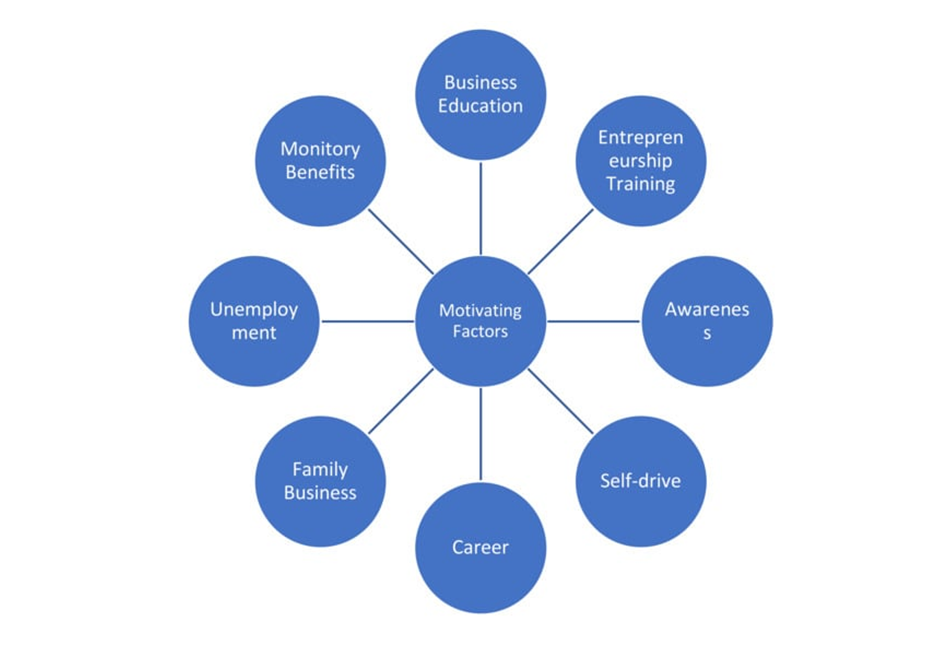
9. Understand your finances
Having an understanding of the amount of money that is available to spend by both you and the organization will assist you in prioritizing what is most important and determining the most effective ways to assist your company in growing. To accomplish this task effectively, you could establish a budget and schedule a time each month to assess your financial situation. To have your money analyzed and explained to you in words that are understandable to you, you might want to think about hiring a financial counsellor or another specialist.
You are obligated to maintain a record of all expenditures, revenues, and balance sheets. There have been a great number of businesses that have failed because their founders were unable to modify their expenditures and ran out of money. Maintain a low overhead amount. Be cautious with your spending and avoid making unnecessary purchases. Figure out how to survive on little revenue until you start to see a large increase in your income.
10. Be Open to Change & Innovation
People in business frequently become used to procedures that have historically been carried out in a particular manner. Innovation and change are two things that I have discovered to be open to. Many businesses are deciding to continue functioning remotely, although individuals are now beginning to recover from the pandemic. The type of inventiveness that will assist your company in attracting greater success as it expands is the kind that involves optimizing your digital workplace through the utilization of corporate collaboration tools and automation of workflows. One more thing that I have realized is that everything requires a certain level of balance. You will be able to differentiate yourself from others and stand out from the crowd if you make an effort to develop a well-balanced operational plan by integrating individuals, technology, and procedures.
11. Be vulnerable to be a successful entrepreneur
Humility may not be commonly associated with leadership and entrepreneurial success, but it is essential. Cultivating humility and embracing vulnerability creates an atmosphere characterized by transparency and confidence. To develop into a nimble organization with the ability to make quick decisions, it is highly beneficial to foster a safe and supportive atmosphere that promotes the embracing of errors.
Embracing adversities as possibilities for personal development, improving flexibility, and ensuring client pleasure are crucial aspects of this entrepreneurial effort. It is necessary to acknowledge that mistakes offer opportunities for personal growth, and it is extremely essential to have an effective support network when dealing with the unpredictable nature of the corporate world.
FAQS
Q1. What does it take to be an effective business entrepreneur?
Ans. Being a successful entrepreneur involves a lot more than just making and improving the company and creating profits in it. It also includes increasing economic growth, generating jobs, and raising a lot of people’s standards of living. An successful entrepreneur needs a certain set of abilities to succeed, including the ability to recognize possibilities, make wise assessments, bring ideas to life, overcome obstacles, and manage resources wisely in order to meet objectives.
Q2. What is a recipe for being a profitable business owner?
Ans. successful entrepreneur never settle for a single methodology and are adept at switching courses when needed. They are prepared to stray from the plan if needed because they recognize the necessity of having a Plan A, B, and C. They are innovative thinkers who apply critical thinking skills to address challenges in novel ways. A prosperous businessperson will not only copy existing work; instead, they will identify ways to complete the task more effectively, faster, or more economically than their competitors. Knowing themselves well enough to recognize their own advantages and disadvantages, they surround themselves with people who enhance their own set of business talents.
Q3. Why someone becomes a successful entrepreneur Be Flexible to Innovation and Change
Ans. successful entrepreneur must continue to be flexible and innovative. They have the tools thanks to innovation to adapt, change, and prosper in the face of adversity. Business expansion has been accelerated by innovation. It gives business owners the freedom to investigate new markets, grow their clientele, and broaden the range of goods and services they deliver. Because it enables businesses to differentiate themselves from rivals and provide something fresh and relevant to their consumers, innovation is crucial for corporate success. In a world that is constantly evolving and where consumers are constantly searching for the newest and greatest item, it helps businesses remain relevant.
Q4. What drives the successful entrepreneur to take action?
Ans. Entrepreneurial incentives can be both internal and external. Four categories of motivators were identified: independence/autonomy, personal growth, financial rewards (intrinsic rewards), and family security. The pursuit of survival, success, and avoidance of failure are the driving forces behind behavior, and motives have been adopted to answer the question of what motivates people to act.
Q5. How does an efficient entrepreneur overcome obstacles?
Ans. Entrepreneurship is an unpredictable field full with failures and setbacks. It’s critical to have a growth mentality, maintain goal focus, and never stop learning from your experiences in order to overcome these obstacles. Recall that failing is not a reason to give up, but rather a chance to grow and learn.



